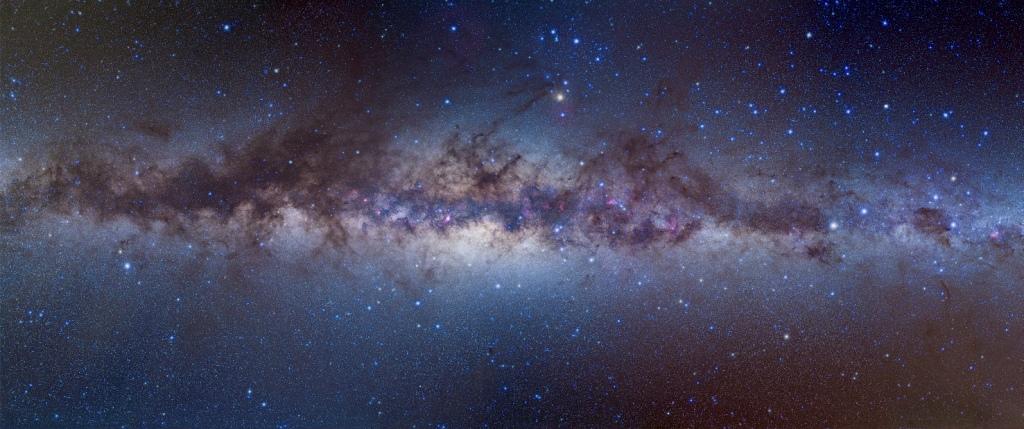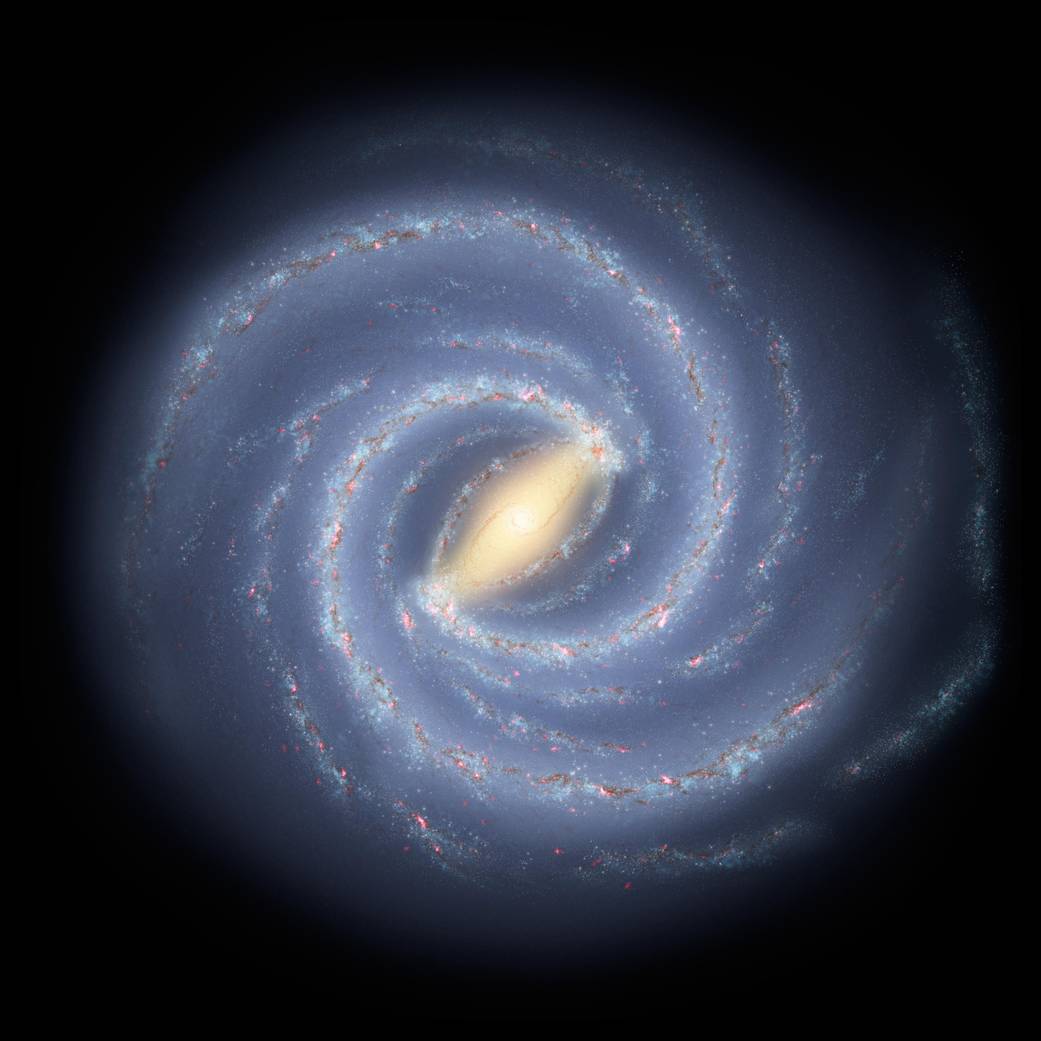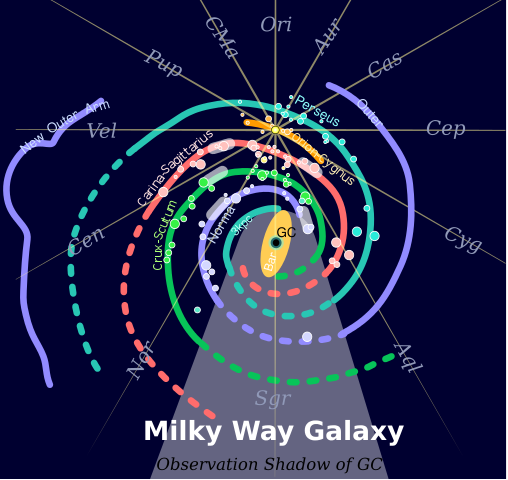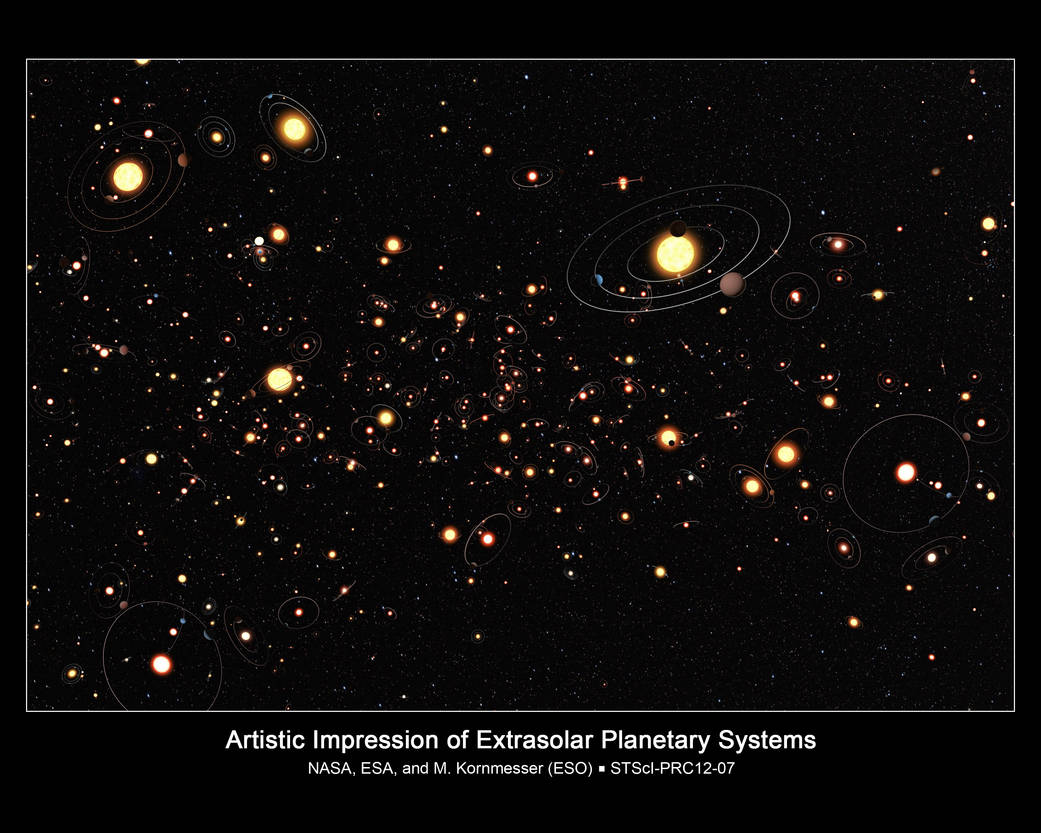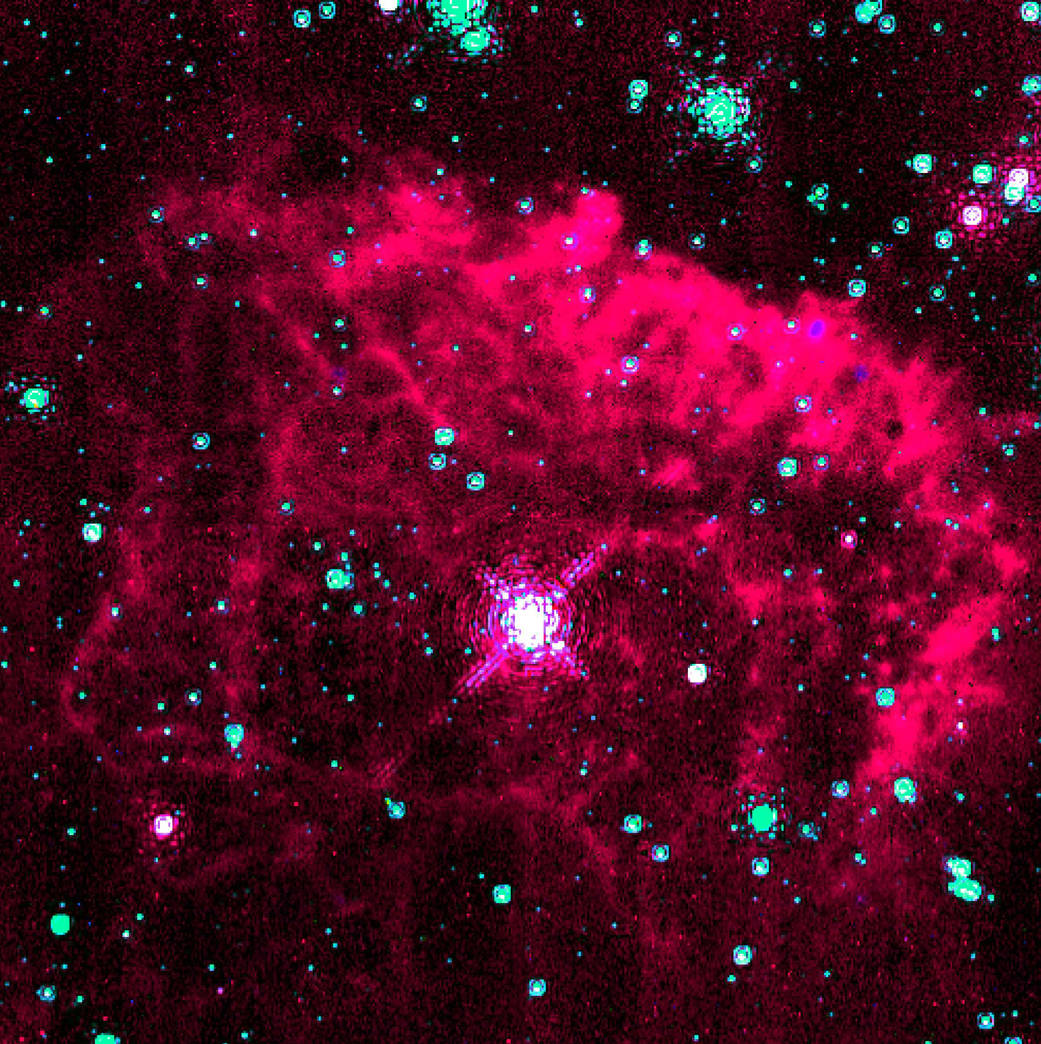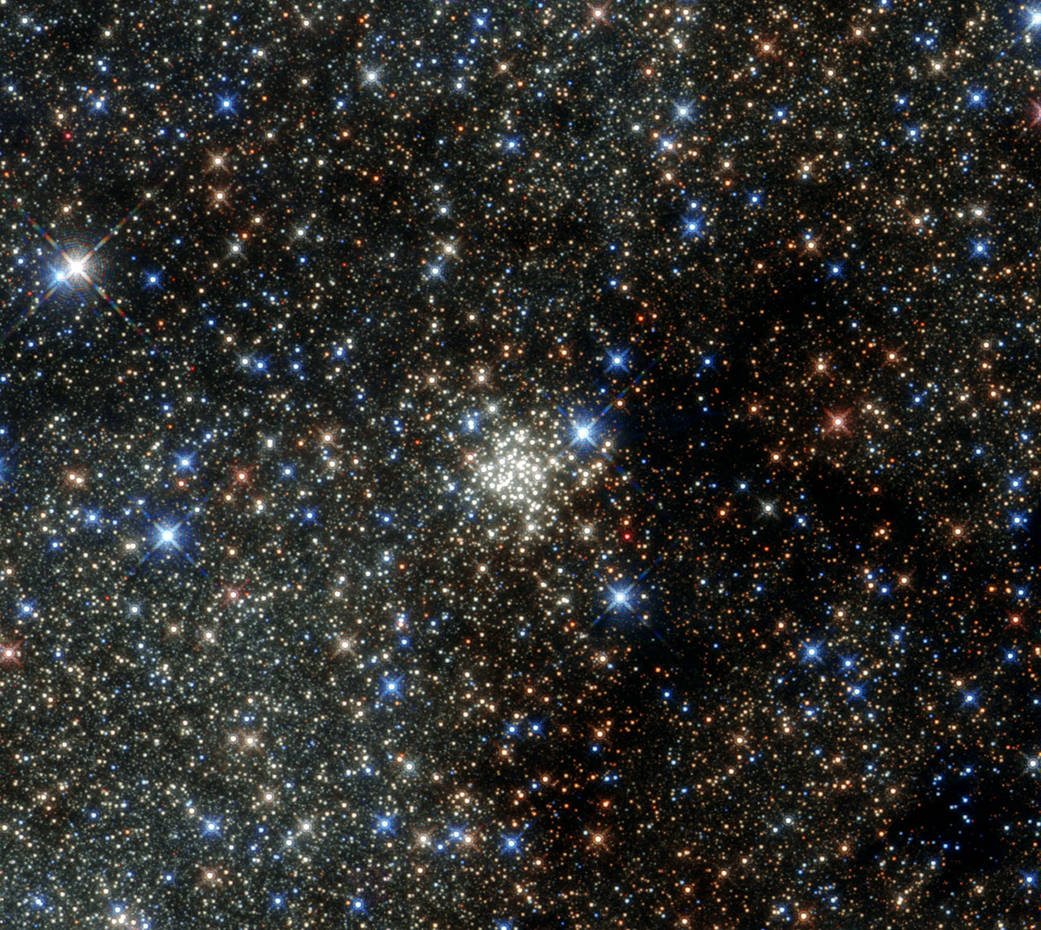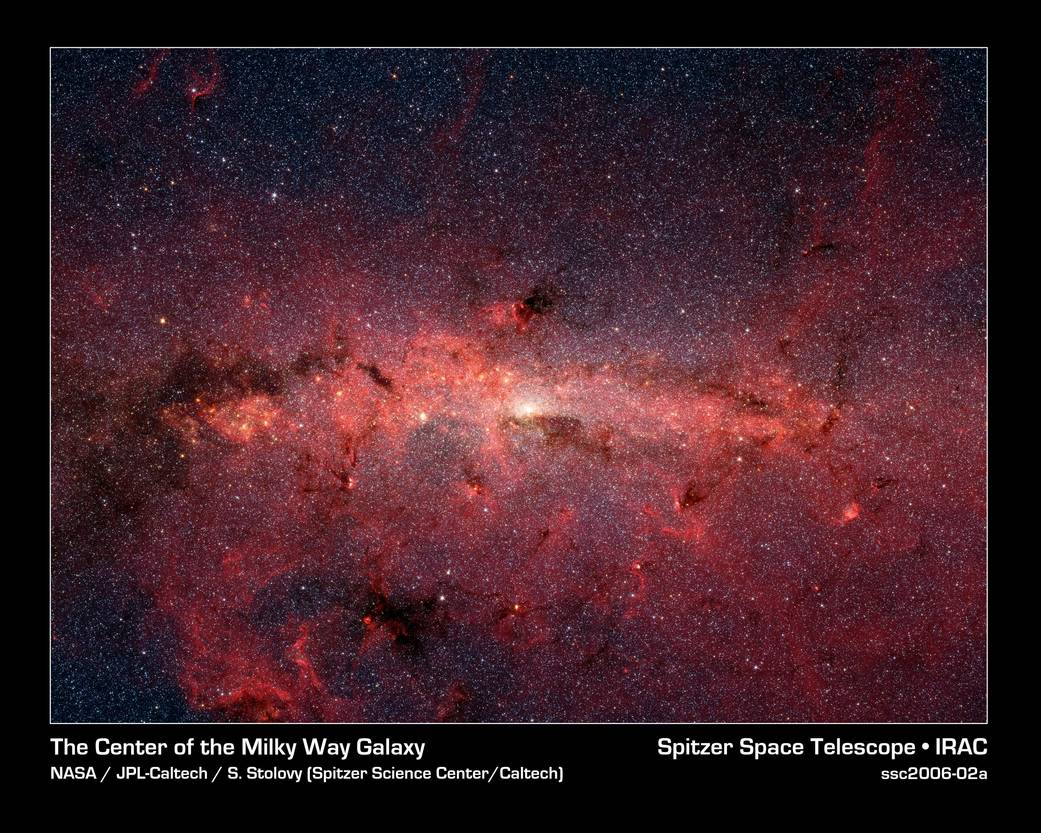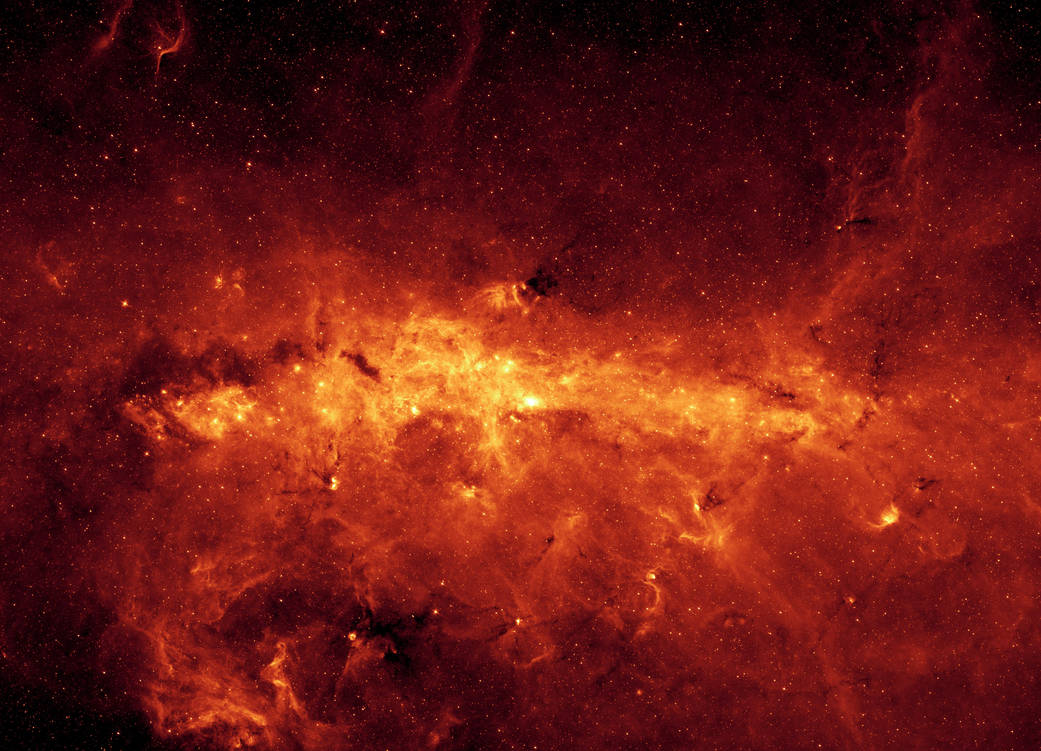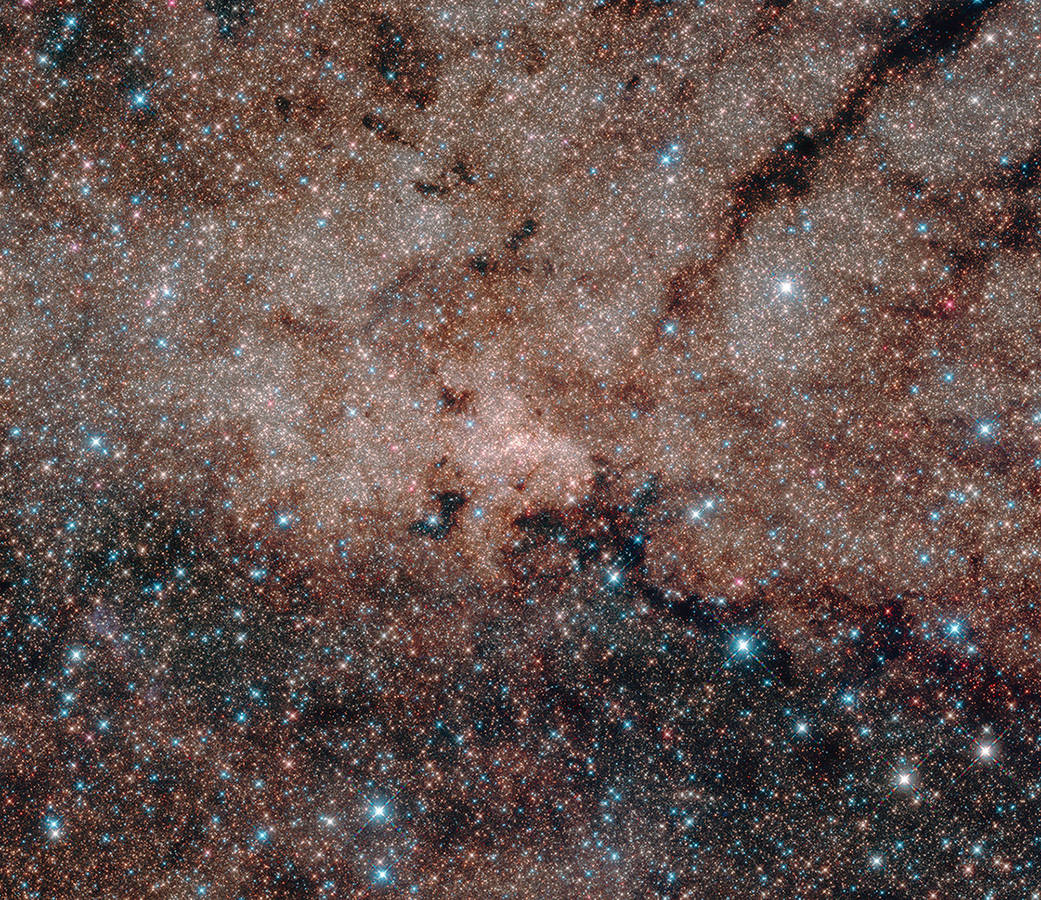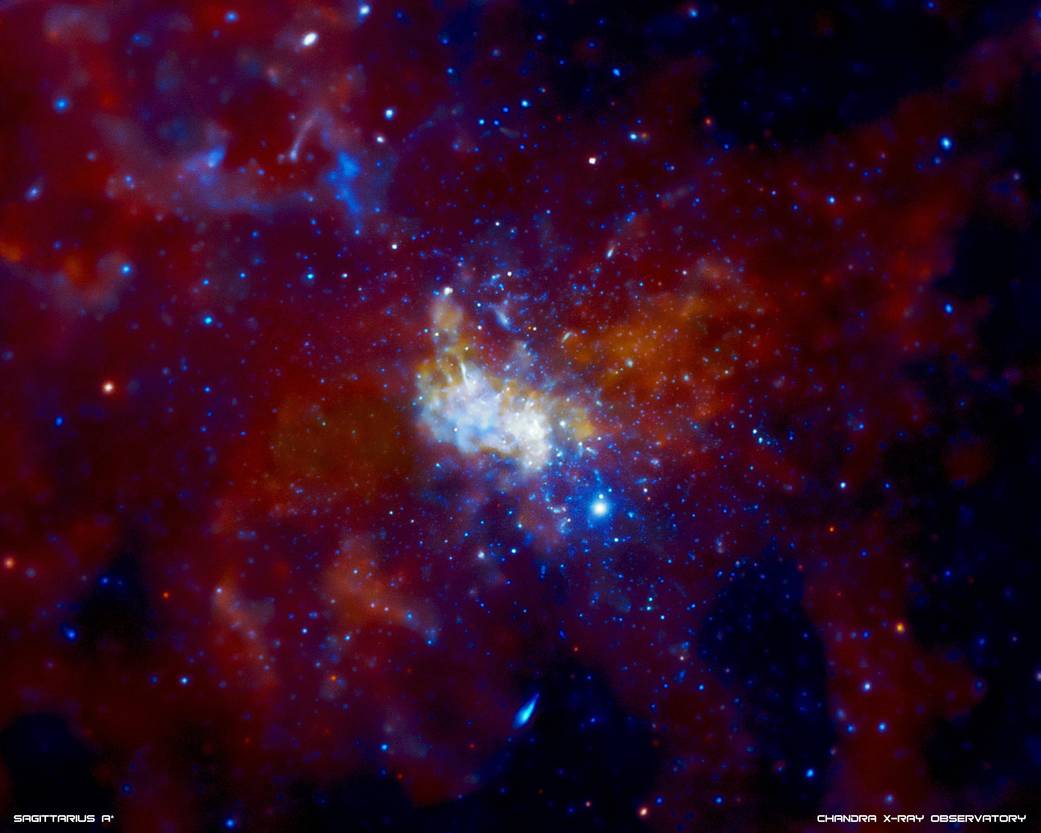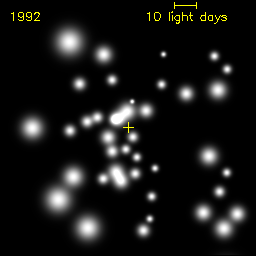Cool Fun Facts About The Milky Way Galaxy!
Our Home Galaxy
The Milky Way Galaxy is our home galaxy, but it’s just one of the 100 billion or so galaxies in the universe! A fairly common barred spiral type galaxy, its stars and gases form the spectacular Milky Way that lights up the night sky! Home to at least 200 billion stars and 100 billion planets, it makes you wonder when looking up at the Milky Way who’s looking back?!
So What Exactly Is The Milky Way Galaxy?
The Milky Way Galaxy is our home galaxy (we all live here) and one of at least 100 billion galaxies in the observable universe! To see the Milky Way Galaxy you only need to glance up at the night sky towards the brilliant broad swath of light which resembles a river of milk stretching across the sky. This ‘river’ is in fact our view towards the billions of stars, and gas clouds, which makes up the bright central galactic core!
The Milky Way began to form shortly after the Big Bang, as material coalesced and the first stars burst to life. Eventually, under the force of gravity, these stars, gases and dust clumped together to form a galactic disc with a width of about 150,000 light-years and a thickness of 1,000 light-years.
It is difficult for astronomers to determine the exact structure of the Milky Way as our solar system is located within an outer arm of the disc itself. However, they have been able to determine that the Milky Way is a ‘barred spiral galaxy’ which are a type that makes up two-thirds of observed galactic structures. If you could board a spaceship and zoom directly up above the Milky Way, and look back from above, you would see a bright central bulge surrounded by four large spiral arms in orbit around the galaxies centre.
The galactic bulge, located about 27,000 light-years from Earth, is an area crammed full of gas, dust and stars. At the heart of the bulge lies at least one monstrous supermassive black hole astronomers have called Sagittarius A* which is many billions of times the mass of our Sun!
The Milky Way doesn’t drift aimlessly alone in space either, it is part of a group of approximately 50 galaxies called the ‘Local Group’. Our large galactic neighbour, the stunning Andromeda Galaxy, is also part of this group as are numerous smaller galaxies such as the Large and Small Magellanic Clouds.
10 Fun Facts About The Milky Way Galaxy!
- The Milky Way is believed to have formed shortly after the Big Bang, 13.2 billion years ago!
- Up until 1924, astronomers thought the entire universe was contained inside of the Milky Way! This was until Edwin Hubble discovered that the small fuzzy nebular, and spiral nebular, were actually separate entire galaxies!
- It is not known for sure, but it is estimated that the Milky Way is approximately 150,000 light years in diameter.
- Our solar system is estimated to be between 25,000 – 28,000 light-years from the centre of the galaxy.
- Over half of the stars observed in the Milky Way are older than our Sun (which is 4.5 billion years old). Most are cool low-mass red dwarfs which are smaller than our Sun.
- The Milky Way Galaxy contains between 200 - 400 billion stars and at least 100 billion exoplanets! In fact, all of the stars you can see in the night sky are located within the Milky Way Galaxy!
- All the stars, dust and planets of the Milky Way orbit the supermassive black hole at the centre of the galaxy at a speed of ~800,000 kilometres per hour! Despite this speed, it still takes the Sun (& solar system) 230 million years to complete an orbit (otherwise known as a galactic year)!
- Invisible dark matter and dark energy are believed to make up 90% of the Milky Way’s matter!
- The Milky Way is travelling through intergalactic space at a tremendous speed; estimated to be 550 km/s (1,230,000 mph)!
- Astronomers have determined that in about 5 billion years the Andromeda Galaxy, and our own galaxy, will collide to form a giant new galaxy!
